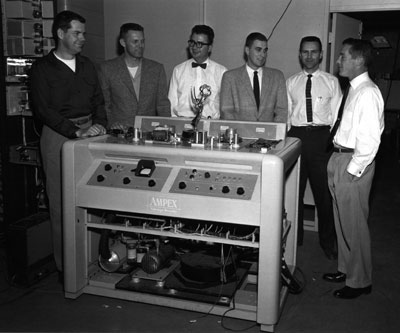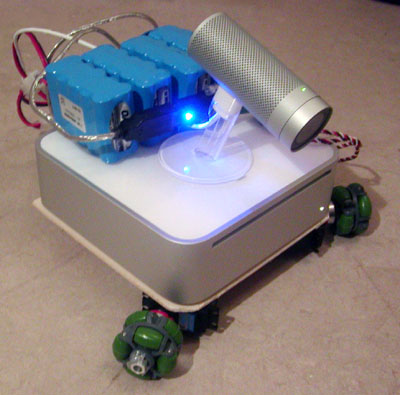A lively debate has emerged in gameblog terra nova this week about the reinvention of the online game community research from MUD/MOO to current MMORPG. The article in Terra Nova offers a very clever summary of what has changed from MUD to MMORPG, here are some excerpts extracted from the post by Timothy Burke and the commenters):
Some old issues have become completely new in their implications:
- simply for reasons of scale: secondary markets are obviously something radically different in current virtual worlds than they might have been
- there are genuinely new issues--if nothing else, the perceptual and psychological issues posed by 3-D graphical engines in virtual worlds as compared to text-based or isomorphic designs.
- one of the biggest things to have changed is [internet] penetration. (...) Adoption of whatever phenomenon by many millions of people has got to change the characteristics and nature of that space. It certainly did in the case of both the Web and the stock market. (stated by Mark Wallace)
- Instancing is a major new trend that was never really explored in the text mud days. There has always been talk about "embedded experiences" but the idea of literally replicating single-player to limited multiplayer games wasn't one that had currency (stated by Raph)
- What happened to intermud protocol? (stated by Raph)
- computers now are more than 100x faster than they were in the mid-90s when I started on this; that has had significant impact on the kinds of things that virtual worlds can represent. (stated by Mike Sellers)
Why do I blog this? To me this topic is strikingly interesting since I am currently working on a research project about the creation and evolution of online games communities (for an R&D privately funded). Last week, I collected plenty of research about this topic in MUDs/MOO (which I use to play with few years ago) and I took for granted the fact that the studies made into the MUD field already tackled elements that would be of interests in MMORPG. I am actually in the process of selecting what would be new to study, drawing on these elements.










